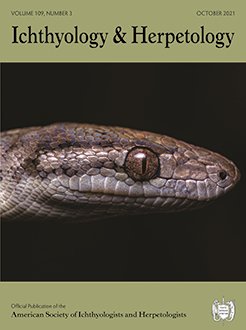Over the last two decades, mitochondrial DNA (mtDNA) sequence data, as well as analyses of nuclear DNA based on the multispecies coalescent model, have increasingly been used to delimit species, sometimes based on limited sampling and without other supporting evidence. We have argued elsewhere that the uncritical use of these approaches has resulted in unnecessary and unwarranted taxonomic changes that have real and long-lasting consequences for science and society. Unfortunately, these arguments have been misrepresented by Burbrink and Ruane's Point of View on “contemporary” species delimitation in this issue. Here, we discuss the role of models in species delimitation research, and again argue that careful consideration of model assumptions (and their potential violation) is necessary when inferring population history and delimiting species. We echo recent calls for targeted, thorough geographic sampling across contact zones and into parapatric ranges to test for reproductive isolation and draw inferences about the evolutionary independence (or lack thereof) of populations that exchange genes. Finally, despite our very different views on how best to identify species and when to make taxonomic changes, we end by highlighting areas where we agree with Burbrink and Ruane's Point of View and offer suggestions for future research.
How to translate text using browser tools
29 September 2021
Contemporary Methods and Evidence for Species Delimitation
David M. Hillis,
E. Anne Chambers,
Thomas J. Devitt





